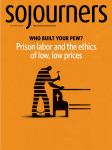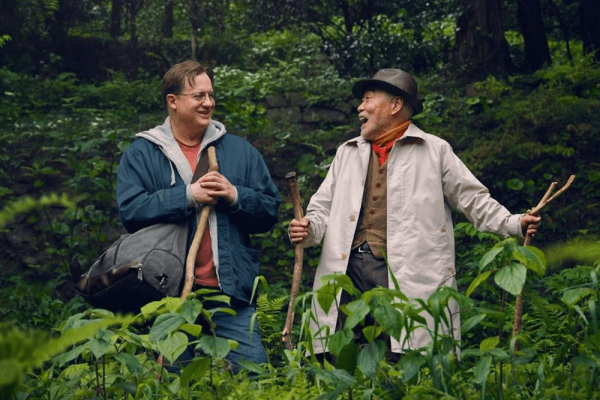IN HIS ESSAY “The Land Ethic,” environmentalist Aldo Leopold tells a story from The Odyssey in which Odysseus, upon returning to Troy, hangs a dozen slave girls for misbehaving in his absence. The act, Leopold writes, was not one of ethics but of property: “The ethical structure of that day ... had not yet been extended to human chattels.” Leopold uses this as an example of how our ethical structure has expanded over history. This expansion of the moral circle is a common thread in history, encompassing, slowly, people and things that were once outside moral consideration.
Jacy Reese tugs on this thread in his first book, The End of Animal Farming, pulling it until all sentient animals are within our realm of morality. Reese writes with a voice that trades the prophetic for the practical, laying out a road map on how we might get to an end of animal farming without spending the requisite amount of time to share why we need to get there.
Though not written from a religious perspective, the book does read with moral clarity, bookended with chapters on the expanding moral circle, anecdotes of iconic people of faith who resisted animal injustice, and a laser focus on the importance of each individual animal as a sentient being that deserves to be loved and valued. Despite Reese’s tendency to devolve into tedium and occasional argumentative errors, the book is a challenging manifesto for anyone looking to examine their relationship with the animals they consume.
Reese’s book stands out among stacks of recent books on animal agriculture because, rather than focusing on the ecosystem or ecological impacts of animal farming, he writes with a singular ethical vision on the dignity of the animal as an individual. Animal farming must end, he argues, because it is an affront to the value of each sentient being that is butchered for our consumption. This is a perspective that feels religious in approach: Each individual animal has inherent worth aside from its functional values.
Unfortunately, Reese commits the same fundamental error in his writing that many industrial farming operations commit: diminishing eating from a spiritual act to a transactional act. While his approach to animal welfare is clearly individual-focused, he takes a utilitarian approach to the act of eating, leaving little room for spiritual nuance or celebration of humane animal farming. He writes that “the exploitation of any sentient being—using them for one’s own purposes in the way we use desks, shovels, and inanimate machines—is intrinsically wrong.” This argument betrays a mechanistic approach to eating that sees food as merely a tool to power our bodies.
The End of Animal Farming is an interesting manual for someone moving toward an animal-free diet, but anyone looking for a deeper, more thoughtful (or even spiritual) consideration of our interaction with our farmed friends might look elsewhere. Seeking the end of animal farming is but one way, among many others, to address the tragedy of industrial animal agriculture.

Got something to say about what you're reading? We value your feedback!






